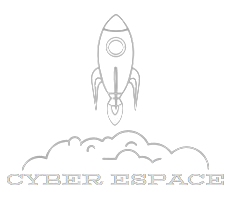On May 19, 2000, at 6:11 a.m., the shuttle Atlantis took off from the Kennedy Space Center, as part of flight 2A.2 to the International Space Station and mission STS-101. This 9-day, 21-hour mission would deliver supplies to the International Space Station, conduct a spacewalk, and raise the orbit of the Station to pass it through ‘an altitude of 368 kilometers to 400 kilometers.
Specific mission objectives included: ISS security and entry operations to collect air samples, carbon dioxide monitoring, deployment of personal portable ventilators, airflow measurement , modification of ISS ducts, replacement of air filters, replacement of fire extinguishers and Zarya smoke detectors. Atlantis crew members made essential repairs to four Zarya batteries and replaced faulty or suspect electronics.
The mission’s program also included assembly operations and upgrades, including the assembly of the Strela crane that had been transported aboard the Space Shuttle Discovery in May 1999, the installation of additional handrails at the ‘exterior, mounting an axial camera cable, installing wiring accessories for the Komparus system and repositioning the Orbit Replaceable Unit Transfer Device (ORU), an American crane previously arrived on board Discovery.
Atlantis served as a cargo vehicle and resupplied the Space Station with water in addition to bringing a set of accessories for the docking mechanism, documentation films and videotapes, office supplies and personal items. . In addition, exercise equipment and medical support products were delivered. STS-101 was one of some fifty shuttle missions that will be required to complete the assembly, maintenance and repair work on the Space Station.
-
Recent Posts
- ASSEMBLY PHASES
- Basic central structure, Mobile transporter (MT)
- CANADARM 2
- Destiny module
- Exit airlock (End of the initial phase)
- Expedition 1
- Expedition III, Logistics
- Expedition IV, Logistics
- External structure
- Home
- Logistics
- Logistics II
- Logistics III
- MPLM Leonardo
- MPLM Mobile Base (MBS)
- MPLM Raffaello and Canadarm2
- NORTHERN LIGHTS
- Solar panels
- Unity module
- Zarya Control Module
- Zvezda module
Archives
Categories
Meta
